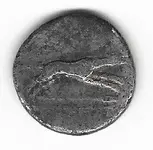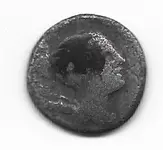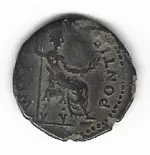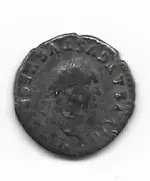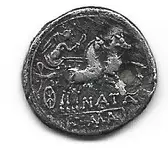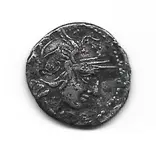- #1
Thread Owner
ID and relative value, second one may be a "MULE" that is not in the books, appears to have a Vespasian front before death, and back after death.. so I was told...
third one I have no clue..
third one I have no clue..




